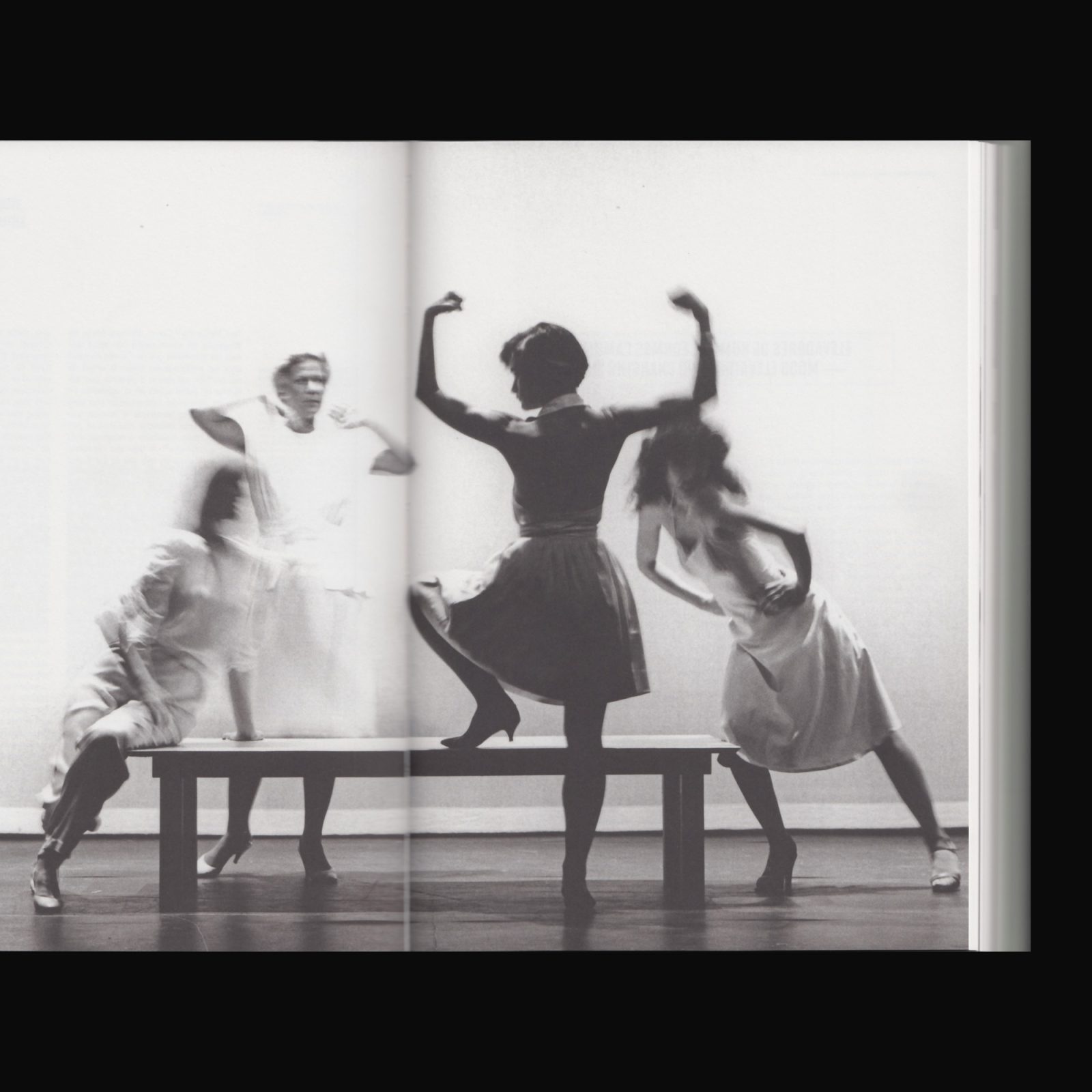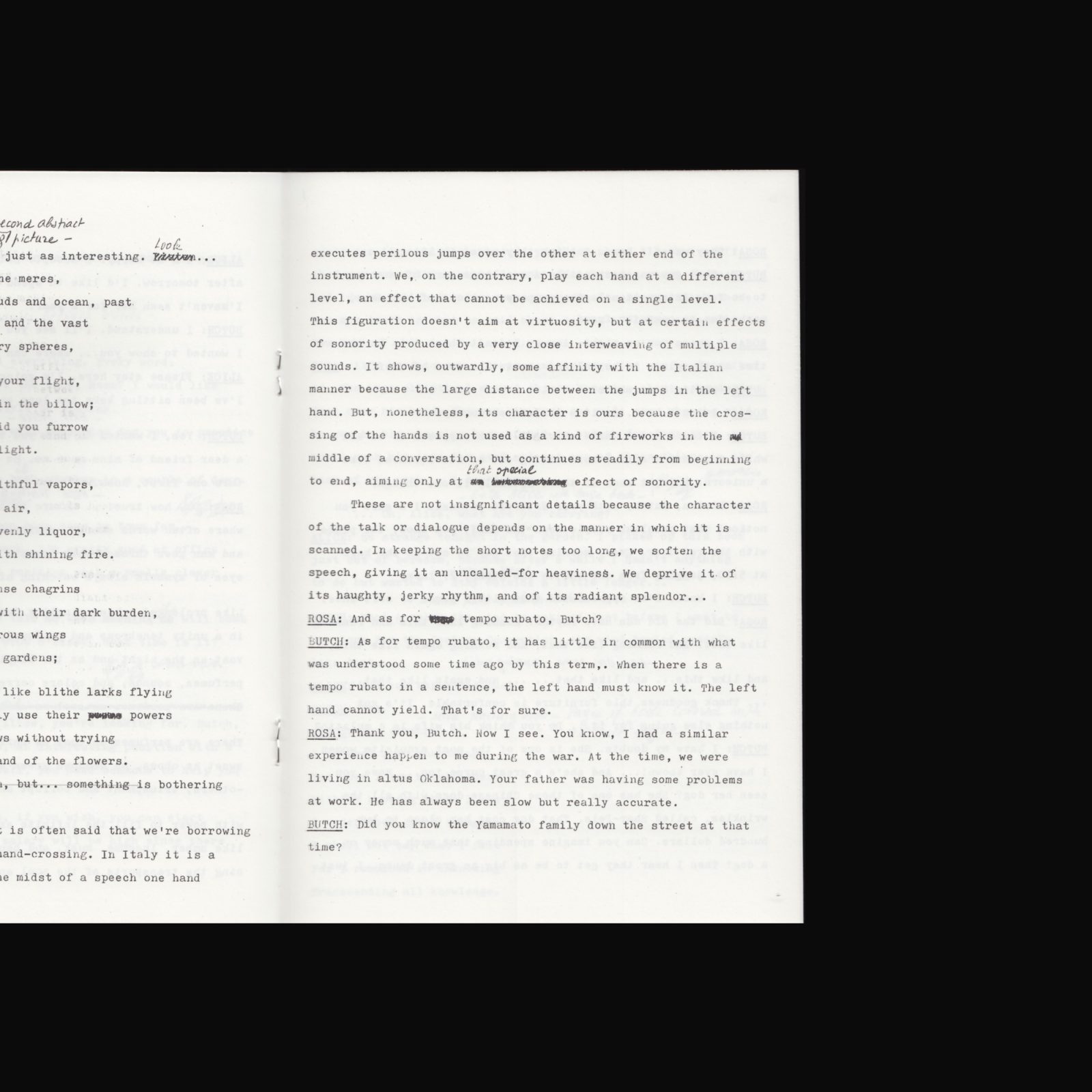In (a, b, c) Ulises Carrión presents one if his early linguistic exercises in English, originally handwritten in green ink in 1972. The author observes and explores the structure of the sonnet. He develops fourteen interrelated sequences, which he uses as a key to codify a narrative. The text of each poem follows the schematic order of its title.
Ulises Carrión (1941–1989) is one of the most important figures of Mexican conceptual art. His 1975 manifesto The New Art of Making Books helped defined artist’s books as an autonomous artistic genre. His work includes numerous artist’s books—which was then designated as bookworks—but also video art, sound arts, performance and mail art.






























